Meet the SEMO Online Faculty
SEMO Online's faculty is a group of dedicated professionals who want to make higher education more accessible. They'll be a valuable resource while earning your degree.
ApplySEMO Online's faculty is a group of dedicated professionals who want to make higher education more accessible. They'll be a valuable resource while earning your degree.
Apply
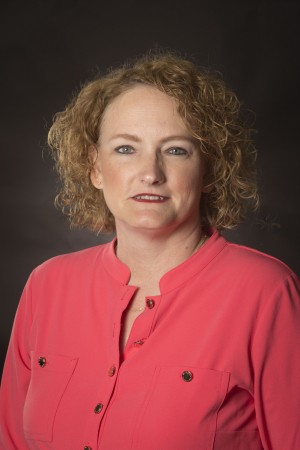
It is never too late to continue your education. Online studying offers many advantages to returning students. SEMO Online's RN-BSN program allows for a flexible schedule while studying from the comfort of your home. The dedicated nursing faculty that serve in the RN-BSN program strive for student success.
Director RN-BSN Online Program

The thing I like best about my online students is their general politeness. Not that my face-to-face students aren’t polite, but it seems in the online environment that people feel freer to say what they would like to say. While that can be a good or bad thing, in online class it seems to be a good thing with the students really working together and saying nice things and giving constructive feedback to one another in forums and in emails to me. It just seems to result in a very pleasant atmosphere.
Instructor of Psychology
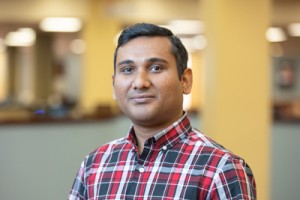
As a teacher, my goal is to help students develop a fundamental approach to solve problems that are encountered in the physical world. Instead of focusing on the solution to a particular problem I encourage them to focus on the problem-solving methodology. This approach makes them think independently.
Assistant Professor of Engineering and Technology

I want to foster a positive and respectful learning environment for students...I support student success by setting clear yet high expectations, encouraging self-efficacy, and providing quick and positive feedback.
Professor of Engineering and Technology
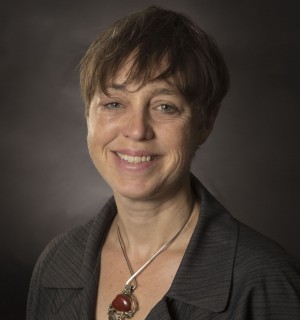
Because our students live and work around the world, they are able to teach each other about systems, cultural traditions, and current events in other countries. Having this global perspective is invaluable for teachers who will be working with learners of English as a second or additional language. Students in the MA TESOL program complete activities and projects where they apply what they are learning. Experiential learning is an important element of the program.
Assistant Professor of English
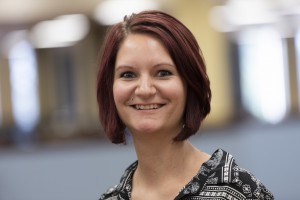
I love the wide array of backgrounds the online environment offers. This fosters rich discussions and the opportunity for online students to learn from those who they may not have been able to interact with if taking courses on campus.
Assistant Professor of Family Studies
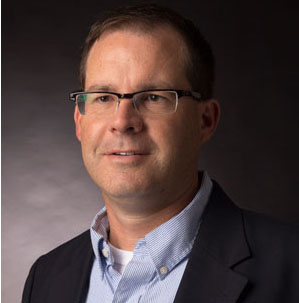
I think learning occurs through relationships. I try to foster the development of relationships not only between myself and the students, but between the students as well. Learning also occurs through engaging in the course material, in which I utilize a variety of formats to promote engagement: lessons, videos, discussions, and readings.
Professor of Family Studies
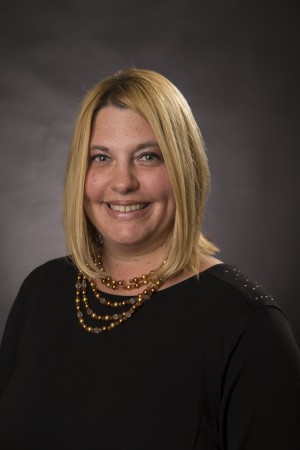
The best part of my job is the students. I love being able to work with students who live all over the state, country, and world. Since I teach public speaking, I get to learn so much about each of them.
Instructor of Communication Studies

Online students are often already working in their chosen specialty. They tend to rapidly understand the application of the information presented in each course. That professional perception makes it easier for them to learn, and more enjoyable for me to teach.
Associate Professor of Agriculture
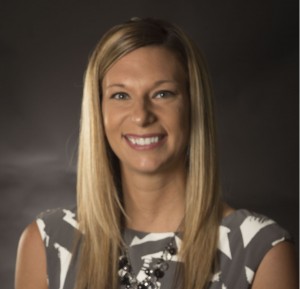
To help students reach their goals when learning online, I often rely on the help of other students. For example, if there’s a quiz that some students did really well on, I typically ask high-performing students to give feedback regarding how they prepared for the quiz. Then I share the information with the entire class. I also try to incorporate self-assessments throughout the semester, so students can consistently assess their own progress in the course.
Assistant Professor of Criminal Justice and Sociology
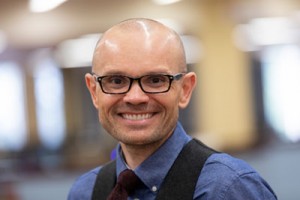
I’m kind of a structure geek, so when I got the opportunity to teach online in grad school, it opened up this whole, wonderfully buildable world to me, one I could actually assemble (like SIMS only slightly less colorful). It made me stop and think about how I was teaching. Why was I doing certain things? What was the logic behind them? Alignments needed to be created, rubrics modeled, and the rationale made clear to both me, the designer, and the students. The end result is a beautiful clarity of purpose that’s made apparent in a really obvious way: the course.
Assistant Professor of History and Anthropology
